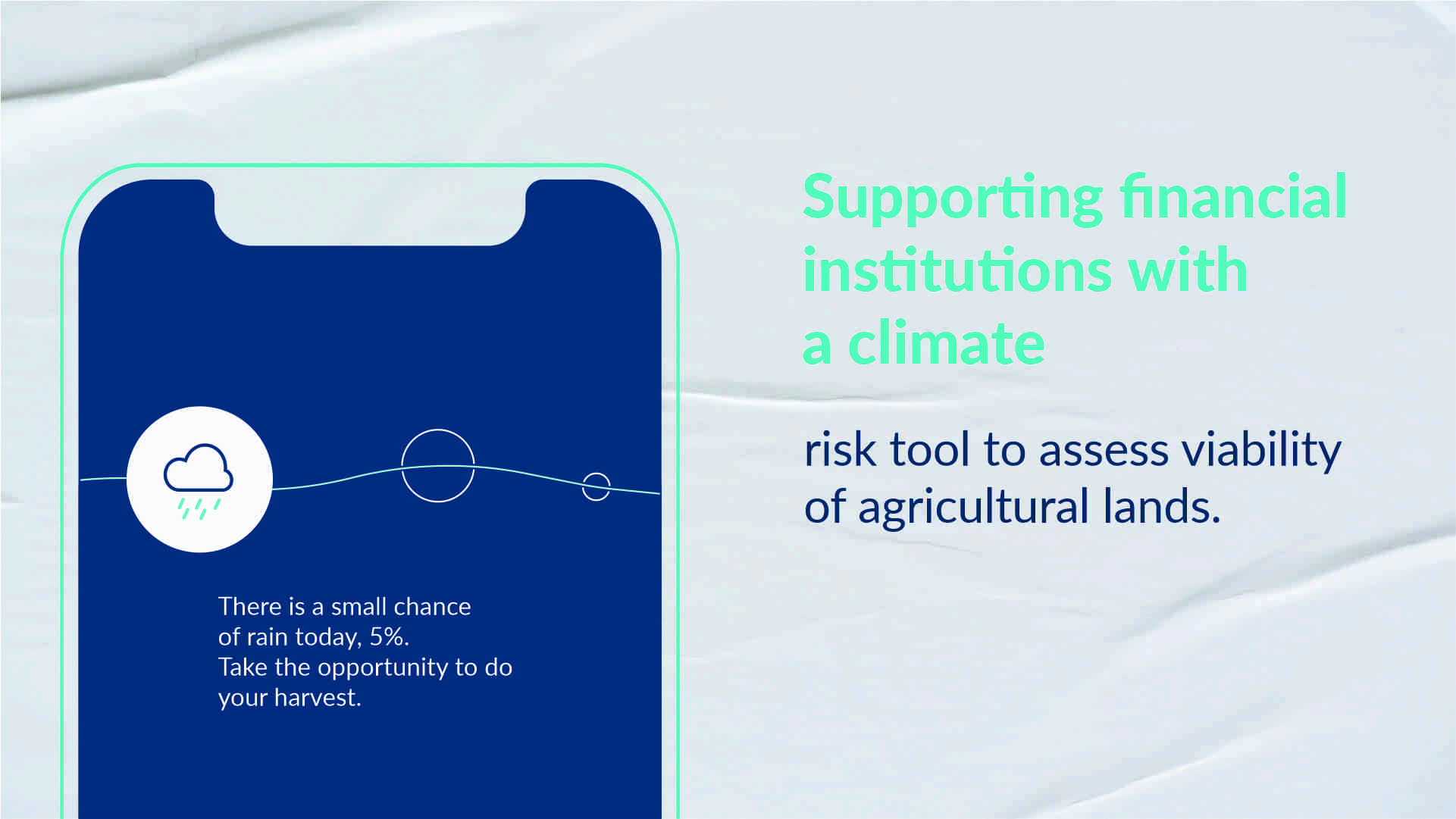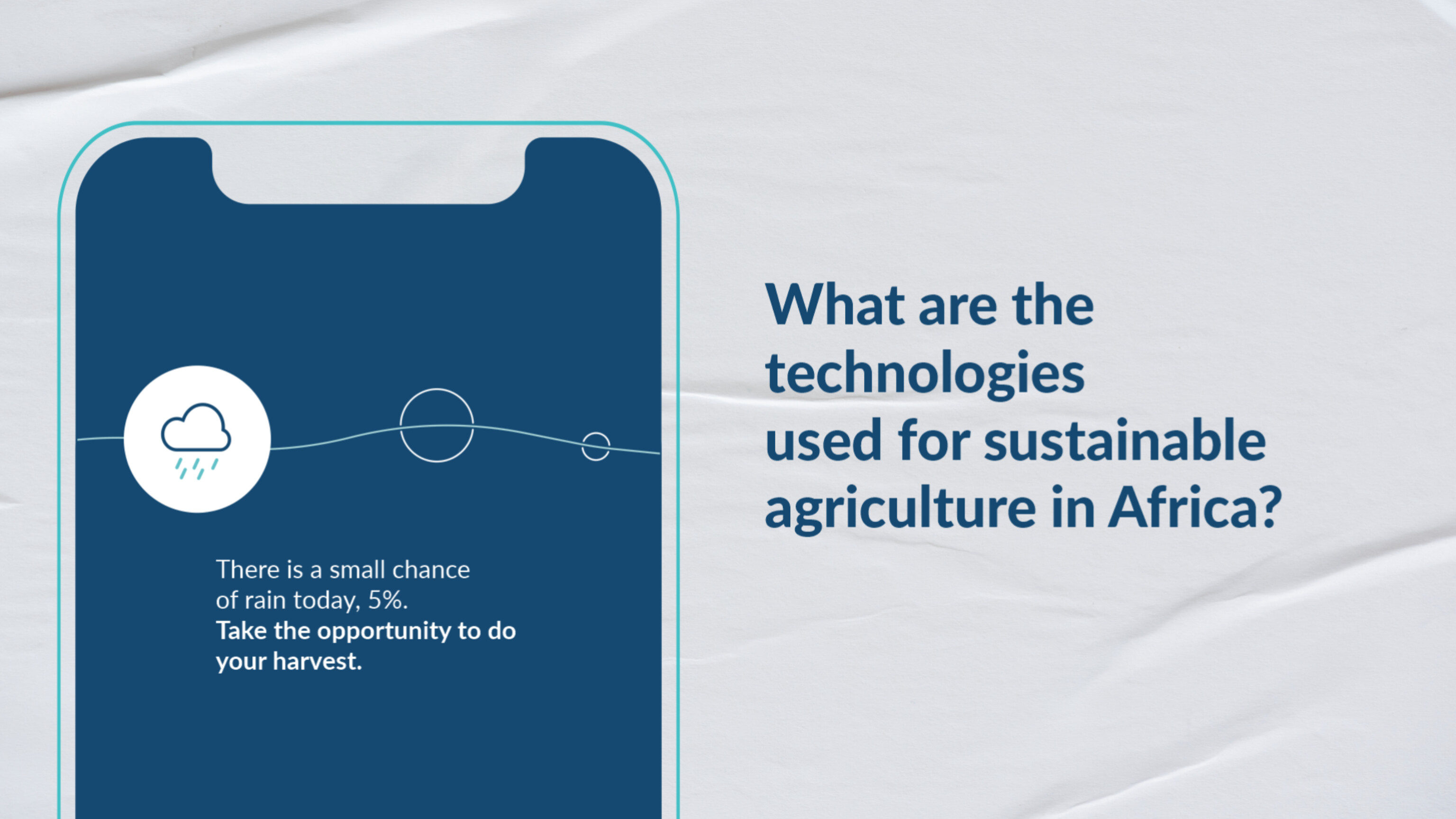According to the recent United Nations report, the global temperature of the Earth’s surface continues to rise and this will occur until at least the middle of this century affecting all regions of the world, considering all emission scenarios.
The changes caused by past and future greenhouse gas emissions will be irreversible centuries or millennia from now, heavily impacting our oceans, glaciers and global sea levels.
Thus, “reducing climate risks” in this context has a direct connection with the conservation of the environment and the reduction of impacts promoted by humanity, which covers several themes, such as global warming, carbon emissions, air and water pollution, biodiversity reduction, deforestation, waste management and others.
It was in this complex and multifaceted scenario that the global question was launched: what is the way to reduce these risks, and how can the agricultural and industrial sectors act to collaborate with this process?
ESG (Environmental, social and governance) points the way
The acronym ESG (Environmental, social and governance) was born as a broad vision to face this challenge, being used as a central metric for companies, so that the environmental, social and governance practices developed are globally aligned.
The “environmental practices” (Environmental) encompass all the action of the private sector in relation to the conservation of the environment, the “social” (Social) everything that connects to positive impacts for the human being (whether the company itself, or a part of society in general), as part of the business/enterprise universe, for example; measures for the integration of individuals from minority groups and, finally, the item “Governance” (Governance) refers to the management of the enterprise, the development of relations with other private and public entities.
In order for companies to achieve sustainable measures, three financial bonds were created to be considered by the ESG metrics, which are: green bond, related to the risk of climate change that the development of the enterprise can promote, etc.; the social, related to job creation, food security, etc.; and sustainability, related to the development of projects that combine environmental and social preservation actions to reduce hunger and extreme poverty in the world.
In this way, companies that can clearly define how they can contribute to achieving ESG goals will be able to issue bonds linked to sustainability.
For this, companies will have to predict, for example, how will operations impact climate risks for the next 30 years, and how climate changes can affect their incomes, as in the case of a rural producer, what would be the impact in your crop and productivity planning in case the rains are reduced for the next years or months? These and other questions that will have to be asked and answered can influence both the company’s development paths and Global Climate Change.
Climate intelligence for climate risk assessment
In this context, tools that help companies to have more predictability of climate variability and understand climate trends, cycles, and risks over the years can be of high value in strategic planning short, medium and long term.
With the use of high-precision climate intelligence solutions, companies that have their operations influenced by the climate, as well as companies that invest in these sectors, can carry out more reliable planning, especially in regions with high climate variability such as Brazil and Africa.
ignitia weather forecasts outperform global models by up to 2x. As reliable rain forecasts are of great importance in agriculture all over the world, ignitia gives significant advantage to agricultural users.
In addition, ignitia’s high-resolution forecasting system uses numerical forecasting models optimized for the tropics, treating each producer as unique.
Transparency regarding local information allows for more assertiveness, avoiding rework and the use of agricultural inputs beyond what is necessary, which reflects in economy and sustainability for the entire agricultural sector.
Learn more about the ignitia climate model, designed for tropical climates, such as West Africa, or request a demonstration at the link.
References
Billio et al. (2022). Sustainable Finance: A Journey Toward ESG and Climate. SAFE Working Paper No. 349.







